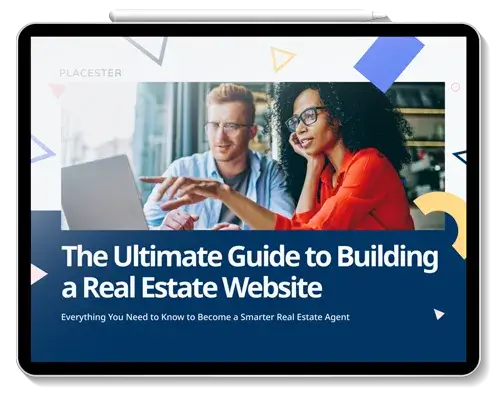Building a website is like building a home. There are multiple steps involved, and each step costs money. If you don’t understand the process, you’re liable to be on the hook for a lot more cash and a lot more hassle. Let’s start with step one: finding a good lot to build on.
Hosting
Though your website may seem like a series of zeros and ones floating in some digital world, ultimately it’s still just a set of documents stored on a hard drive. At any given moment, thousands of people who are trying to access the same web page will need access to that hard drive, so the device running that disk has to be incredibly powerful to accommodate this traffic. It also has to be turned on 24 hours a day, seven days a week, 365 days a year, in addition to being permanently plugged into a high-speed connection.
Unfortunately, no matter how much you paid for it, your laptop simply isn’t capable of all this, which means you don’t host your own website. Instead, you use a web hosting service, which stores your website’s data on giant servers built to handle all those demands. (Ever wondered what the hell GoDaddy.com does? That’s right: it’s a web hosting service.)
Though there are free hosting services—Google Sites, for example—these usually come with serious limits. Specifically, free services will only host a small amount of data, meaning that your site can only consist of a few pages. They’ll also put a cap on how many domains, or web addresses, you can have, as well as how many email addresses you can link to your site.
Most importantly, free services will only offer a limited amount of bandwidth, which means that if your site ends up getting a lot of traffic, pages will either take longer to load, or not load at all, frustrating users. Spending a few bucks a month on a premium web hosting service will usually get you an unlimited amount of space and bandwidth, a free domain, unlimited email addresses, and site building tools.
Design
Now that we’ve bought the lot, it’s time to assemble the house. After paying to host your website, you’ll have to spend money on having it designed and built. We’ve talked before about finding someone in the know to do this work. Once you’ve found that vendor, it’s time to put your arrangement on paper and be clear up front about what you’re paying for. You certainly want the best site possible, but first and foremost you want a site, so make sure that your deal doesn’t give your vendor the luxury of spending several months in the design stage.
In addition, it’s crucial to remember that no matter how good the end product is, it’s not finished. You’ll always be responding to new technology and the demands of the marketplace, so you need to make sure you have the ability to make changes to your site after your transaction with the vendor is completed.
We’ve heard stories of clients paying vendors thousands of dollars to build them custom websites, only to discover that they didn’t own the results. That means if they wanted to make any changes whatsoever, they had to rehire the vendor and pay more money. It’s a bit like paying a construction company to build you a home, then finding out that the contractor’s name is on the deed. Nobody builds to rent, so why should you?
Outsourcing? Be Careful
Finally, as in most other industries, it’s becoming more and more common in the real estate industry to outsource your web development to someone overseas. The benefits may seem obvious, but let’s think about this for a second.
Certainly, hiring someone Asia or Eastern Europe to build your website will allow you to pay a much lower rate than you would to a US-based firm or designer. But “low rate” and “low cost” aren’t the same thing. For one, you’ll be trading out experience and skill, which lead to an inferior product. Additionally, by outsourcing your web design, you’re sacrificing oversight and clarity.
Obviously you’re more vulnerable to fraud if you hire someone overseas, but even the vendor isn’t trying to scam you, they simply may not be interested in working very hard for eight dollars an hour—and it may take months for you to realize this.
Finally, there are the barriers of time and culture. If your vendor is in a different time zone, you may have to wait a full day before getting an answer to any question. Plus, if you don’t know much about web development, it’s already difficult to explain what you want out of your site; if your designer only speaks limited English, it’ll be nearly impossible.
Have you hired someone to build your website, only to have costs spiral out of control? Tell us your horror story in the comments.











